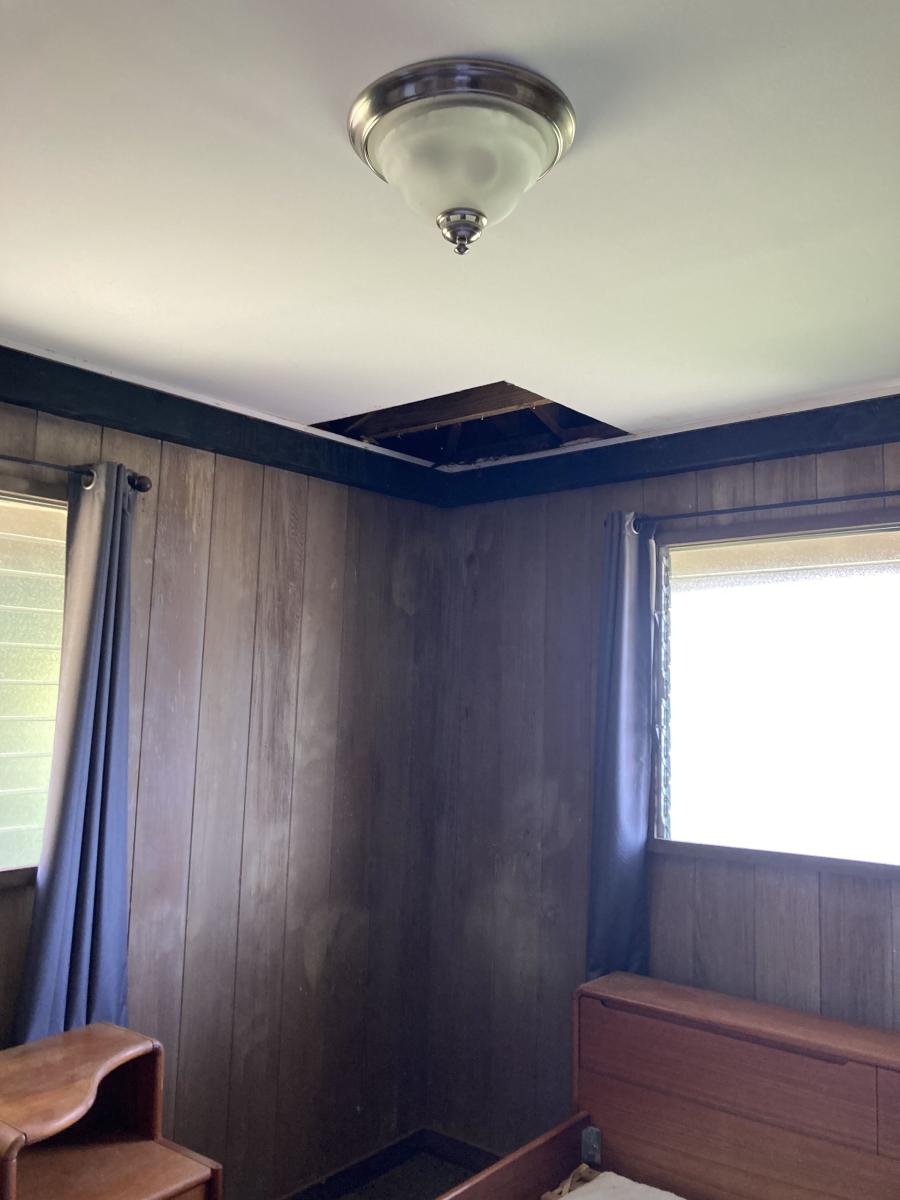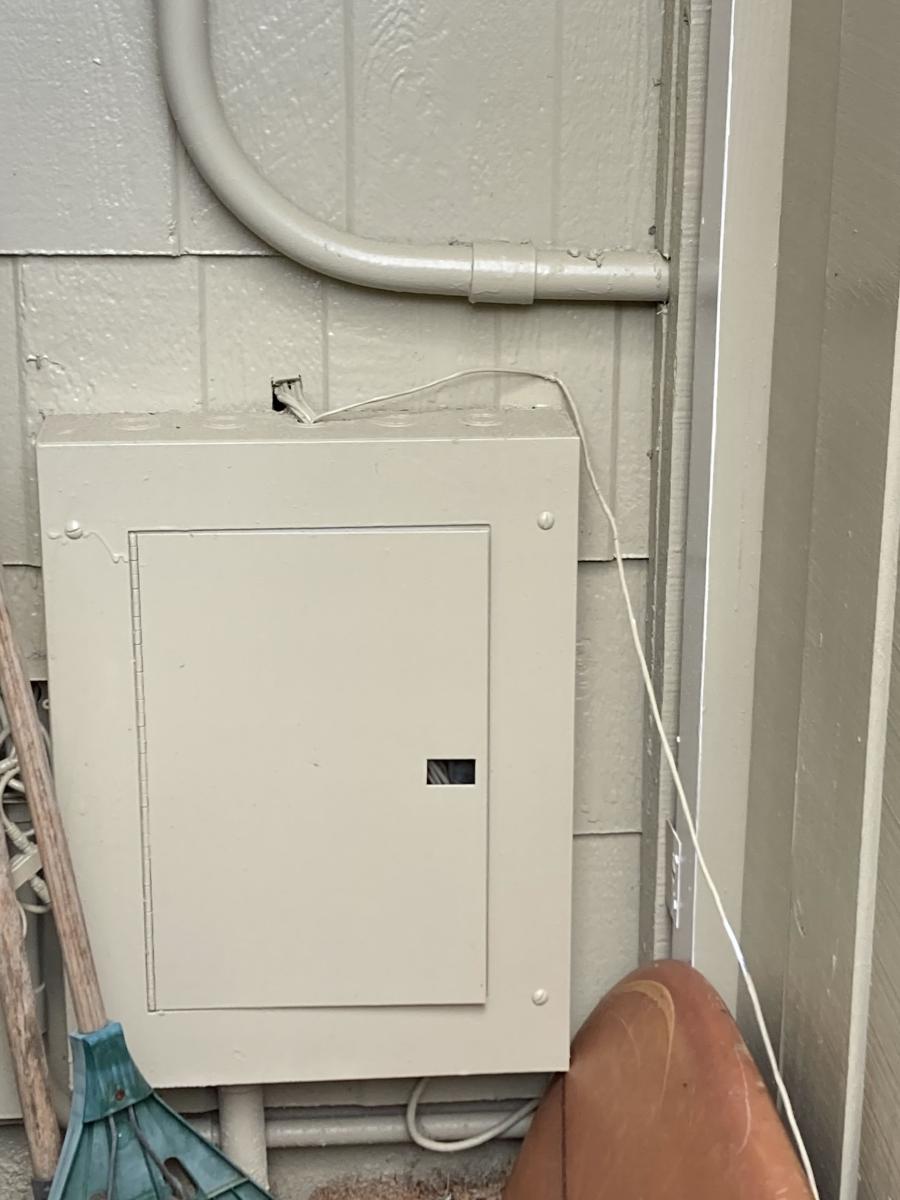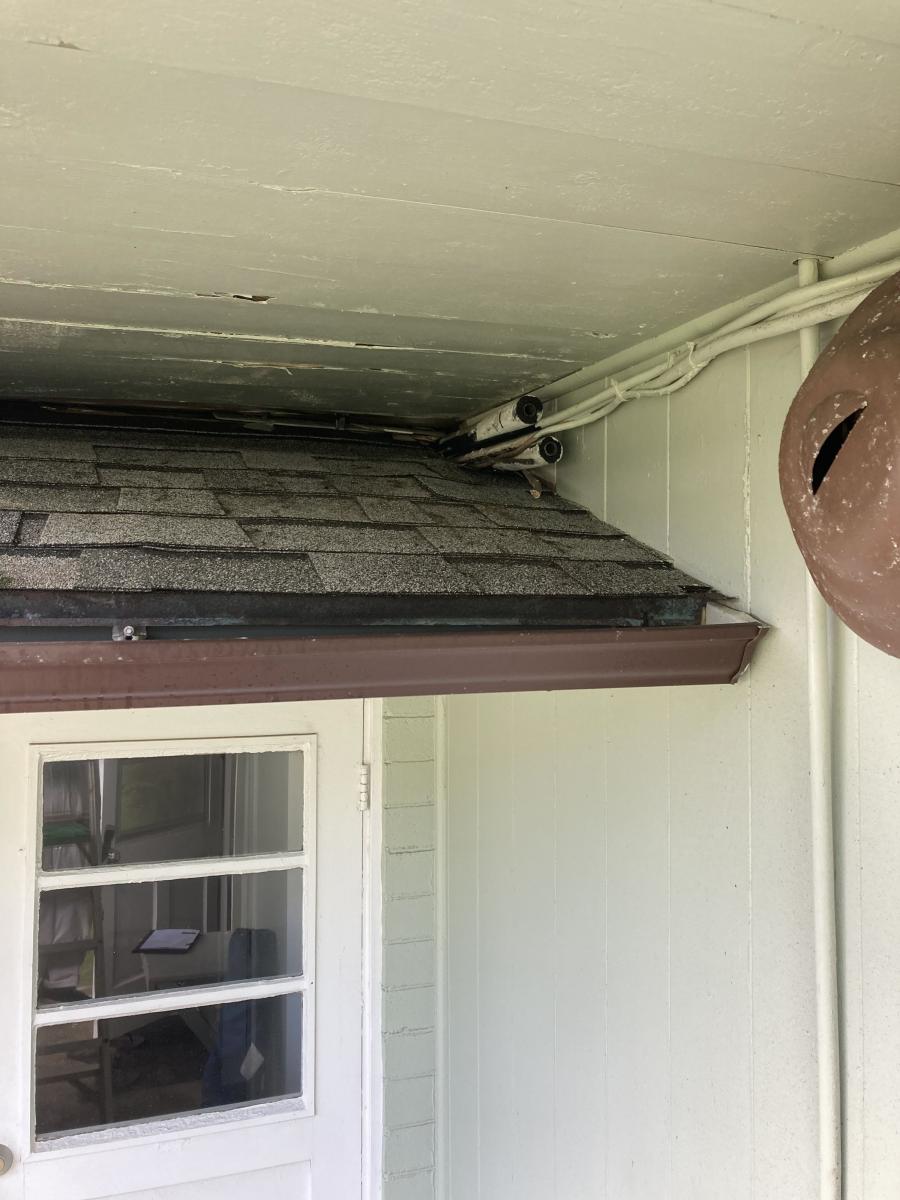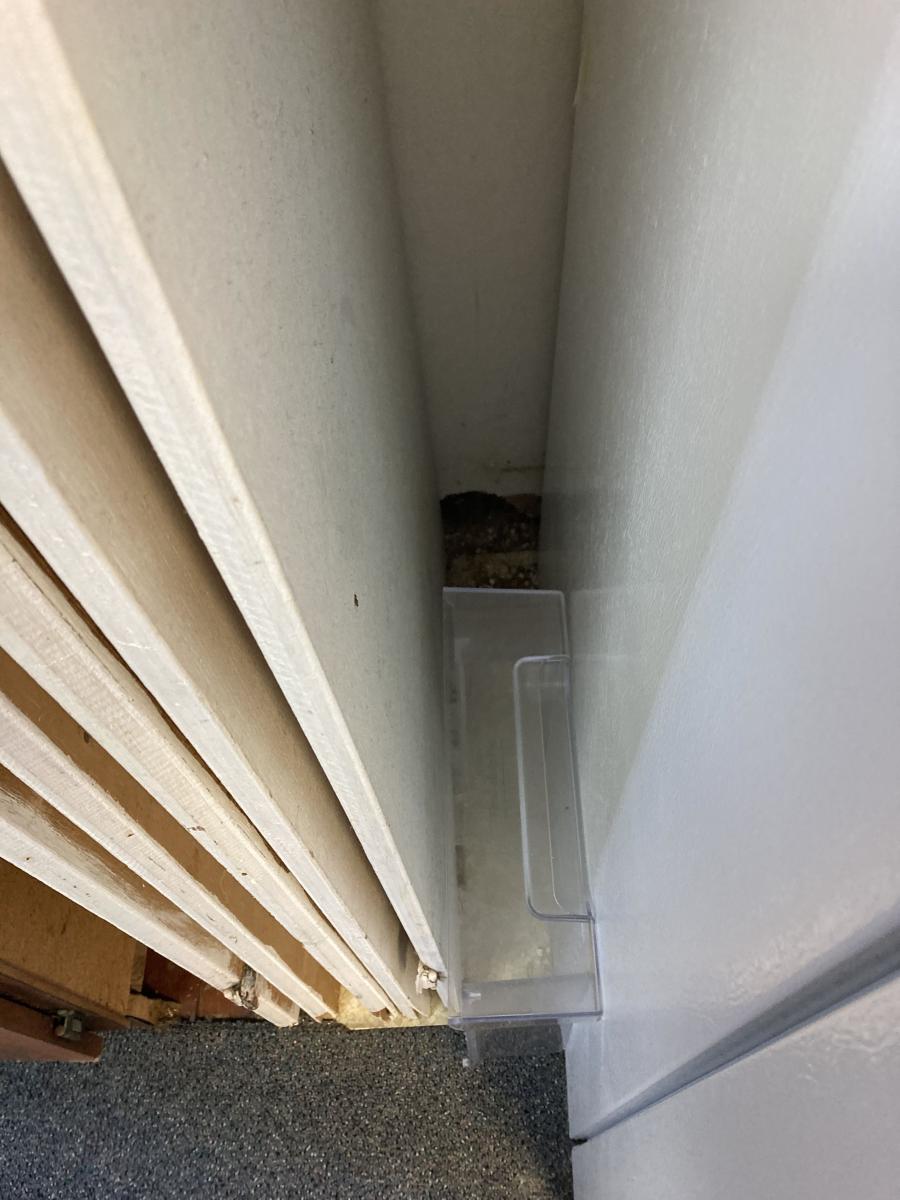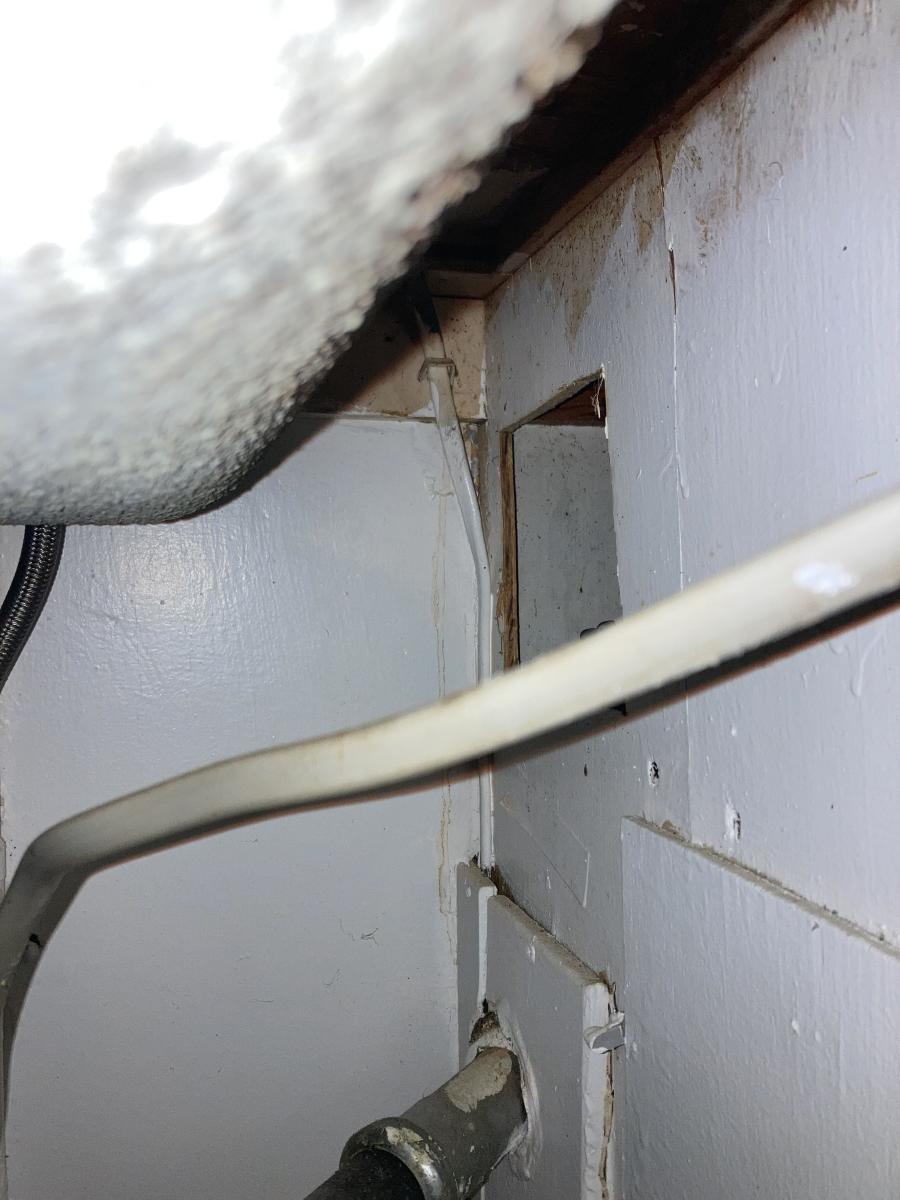Unwanted Openings: How Gaps in Walls, Ceilings, and Floors Invite Pests
Access Points
Small Gaps, Big Problems Holes and openings in walls, ceilings, and floors might seem minor, but they serve as highways for pests like rodents, insects, and even birds. These access points provide shelter, food, and water, making your home or business the perfect breeding ground for infestations.
Why These Openings Are a Problem:
- Rodent Entry: Rats and mice can squeeze through openings as small as a dime, nesting inside walls and ceilings.
- Insect Infestations: Roaches, ants, and termites use gaps to travel undetected, spreading through entire structures.
- Moisture Damage: Openings can lead to water leaks, which weaken structures and attract pests that thrive in damp conditions.
- Bird Nesting: Birds and bats can enter larger holes, causing noise, droppings, and potential health hazards.
How to Fix It:
- Seal Gaps & Cracks – Use caulk, weatherproof foam, or metal plates to cover holes.
- Install Mesh Screens – Cover vents and larger openings with rodent-proof mesh.
- Fix Structural Damage – Replace broken drywall, deteriorated wood, and loose ceiling tiles.
- Regular Inspections – Routinely check for new openings, especially around doors, windows, and utility lines.
By sealing off these access points, you can protect your home or business from costly pest infestations and structural damage. If you're dealing with an existing problem, professional pest control can help eliminate pests and secure your property against future invasions.

